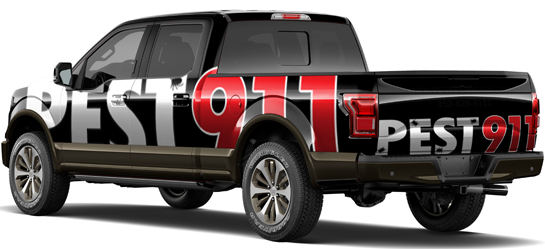Florida Prepares for Heavy Swarming Season of Subterranean, Drywood & Other Termites
With warm weather fast approaching, home and business owners can expect to see an increase in pests, and if you happen to live in the southeastern U.S that includes termites. Pest control professionals refer to termites as silent destroyers because of their uncanny ability to munch their way through wood and other building materials without leaving any immediate signs of damage. According to home insurance claim adjusters, termites cause more than $5 billion dollars’ worth of damage each year, the majority of which is not covered by homeowner’s policies. Understanding termite behavior along with the different types of termites that are found in the Southeastern U.S is crucial to protecting and preventing damage to your property.
Types of Termite Species found in the Southeastern United States
1. Subterranean Termites: Subterranean termites are one of the most common of all the termite species found in warm climates. Like its name suggests, the subterranean termite predominantly lives in large underground colonies but it can also be found in moist areas above ground. The appearance of the tunnels is very distinctive and often referred to as mud tubes. Subterranean termites are extremely destructive with saw like jaws that can bite off small pieces of wood. Left to their own devices they can cause catastrophic amounts of damage and financial loss to homeowners.
2. Drywood Termites: Drywood termites live in colonies which contain as many as 2,500 members. They are known best for their voracious appetite for wood products which includes wooden structures, furniture and floors. Unlike other species of termites, drywood termites do not require moisture, hence their name, drywood. The will often swarm when there is a rise in temperature and can be difficult to eradicate because they are capable of creating more than one colony in a single property.
3. Dampwood Termites: Dampwood termites are attracted to decaying wood such as the type of wood often found in woodpiles. Dampwood termites create chambers within the wood such as logs, dead trees, fence posts and tree stumps but rarely infest structures because it does not contain enough moisture for dampwood termites to survive.
4. Formosan Termites: Formosan termites live in large underground colonies which can contain as many as 350,000 workers. They will infest structures, trees, timber, and a variety of other wooden items chewing through wood and flooring at an astonishing rate.
5. Conehead Termites: Conehead termites are renowned for building mud tubes and nest on the ground as well as in trees and wooden structures. The nests can be as large as three feet in diameter. Unlike other species of termites, the conehead termite does not utilize underground tunnels to travel; instead they travel above ground which allows them to quickly spread.
Termite Inspection & Treatment
Termites are difficult to control on your own. If you live in Florida or in an area that is plagued by termites, it is very important that you arrange for an annual termite inspection by your termite control expert. To learn more about termite inspection and extermination for your Greater Ocala, Florida home or business, contact the knowledgeable experts at Pest 911 today.


